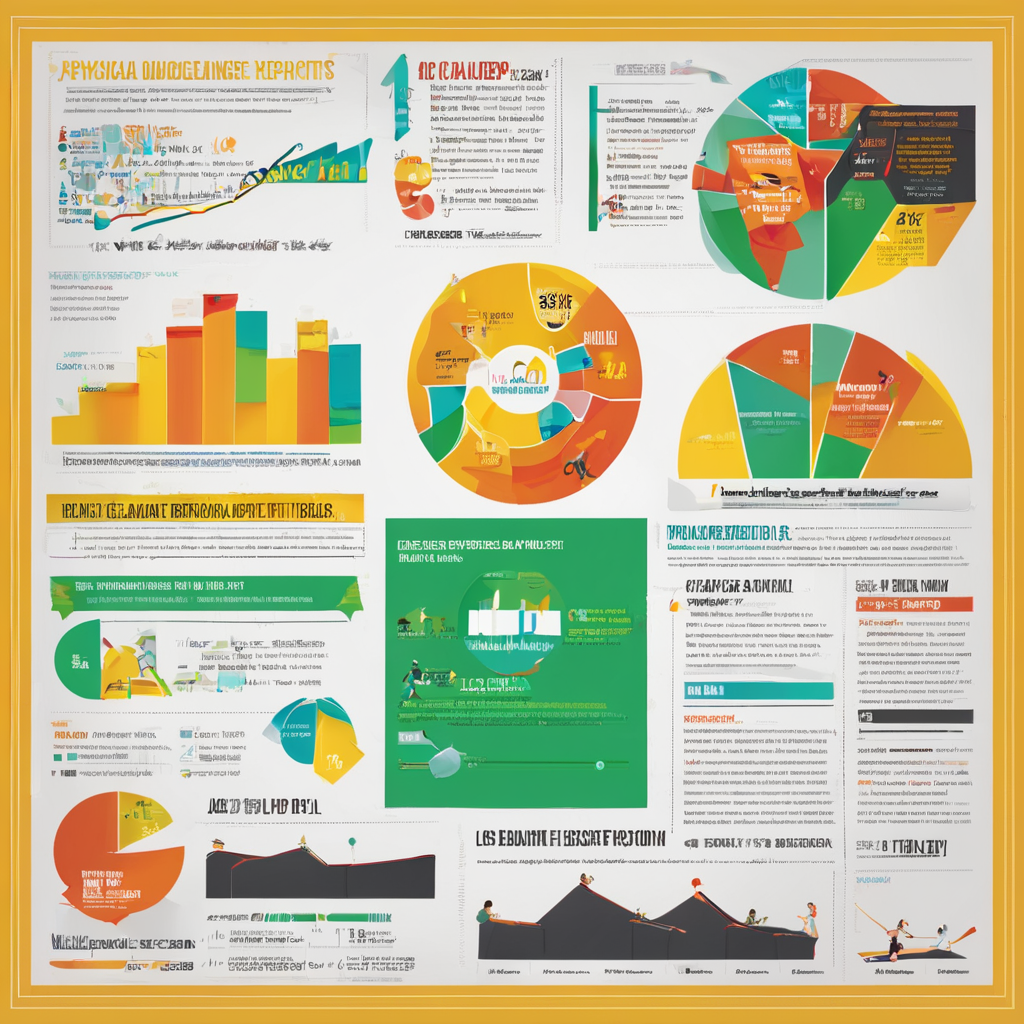Physical Education Report
Physical education, often abbreviated as PE, is a crucial component of the school curriculum that focuses on promoting overall health and well-being among students. The importance of physical education extends beyond just physical fitness; it also plays a significant role in enhancing cognitive development, social skills, and emotional well-being. In this report, we will delve into the various aspects of physical education, its benefits, challenges, and the strategies to improve the effectiveness of PE programs in schools.
One of the primary objectives of physical education is to promote physical fitness and healthy lifestyle habits among students. Through regular participation in physical activities such as sports, games, and exercises, students can improve their cardiovascular health, strength, flexibility, and endurance. Additionally, physical education helps in preventing obesity, diabetes, and other chronic diseases associated with a sedentary lifestyle.
Furthermore, physical education contributes to the holistic development of students by enhancing their cognitive abilities. Research has shown that regular physical activity can improve concentration, memory, and academic performance. By engaging in physical exercises, students can stimulate brain function, leading to better focus and cognitive skills that are essential for academic success.
In addition to physical and cognitive benefits, physical education also plays a crucial role in fostering social skills and teamwork among students. Through participation in team sports and group activities, students learn important values such as cooperation, communication, leadership, and sportsmanship. These interpersonal skills are vital for building strong relationships, resolving conflicts, and working collaboratively in diverse settings.
Despite the numerous benefits of physical education, there are challenges that schools face in implementing effective PE programs. Limited resources, including time, space, equipment, and qualified instructors, often hinder the quality of physical education in schools. Additionally, competing academic priorities and standardized testing requirements may lead to a reduction in the amount of time allocated for physical education classes.
To address these challenges and enhance the effectiveness of physical education programs, schools can implement various strategies. Increasing funding for physical education, providing professional development opportunities for PE teachers, and integrating technology into PE curricula are some ways to improve the quality of PE programs. Moreover, promoting community partnerships, advocating for policy changes, and involving parents in supporting physical education initiatives can help create a culture of health and wellness in schools.
In conclusion, physical education plays a vital role in promoting the overall health and well-being of students. By engaging in regular physical activities, students can improve their physical fitness, cognitive abilities, social skills, and emotional well-being. Despite the challenges faced by schools in delivering effective PE programs, implementing strategies to enhance the quality of physical education can lead to positive outcomes for students. It is essential for schools, policymakers, and communities to prioritize physical education and recognize its significance in shaping healthy and well-rounded individuals.
